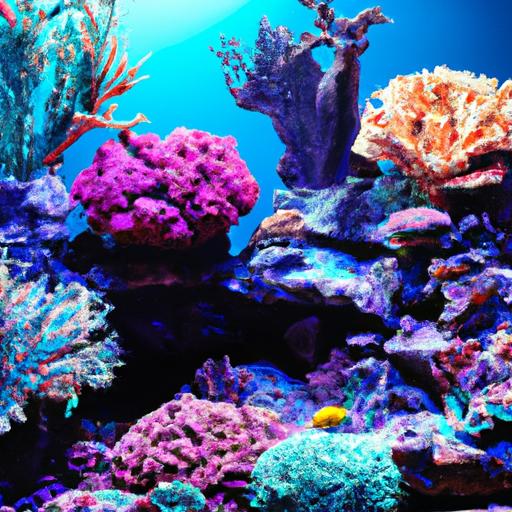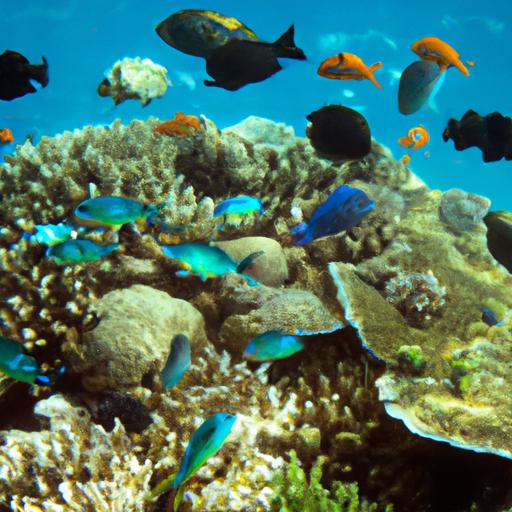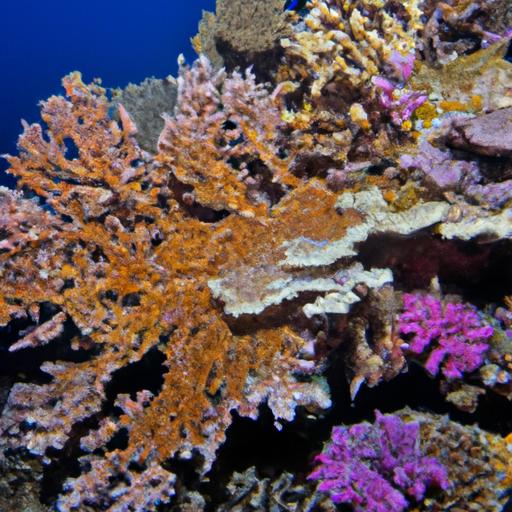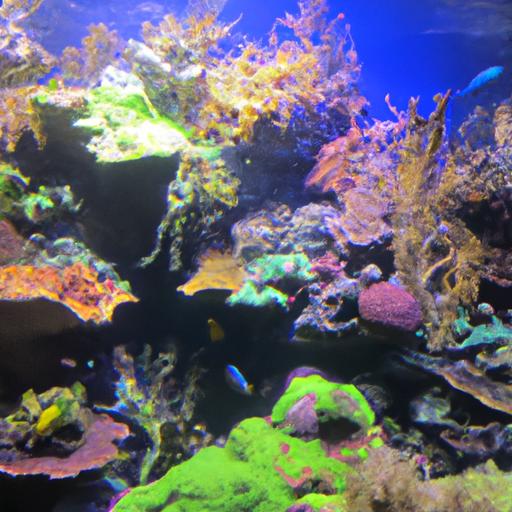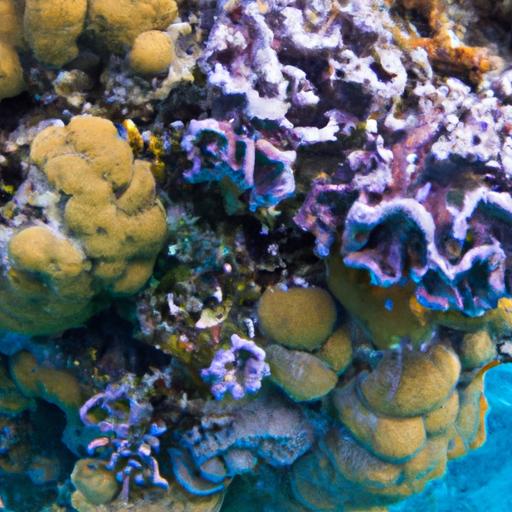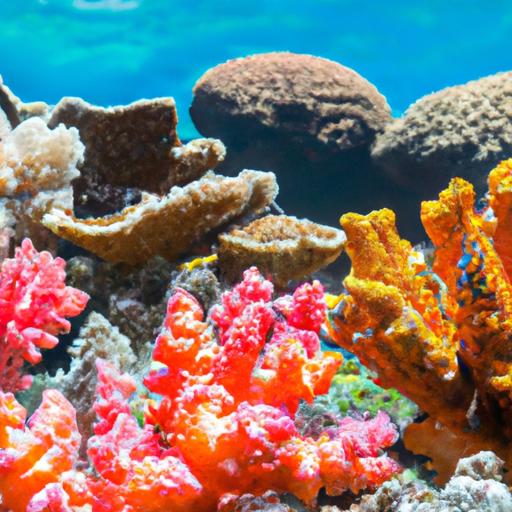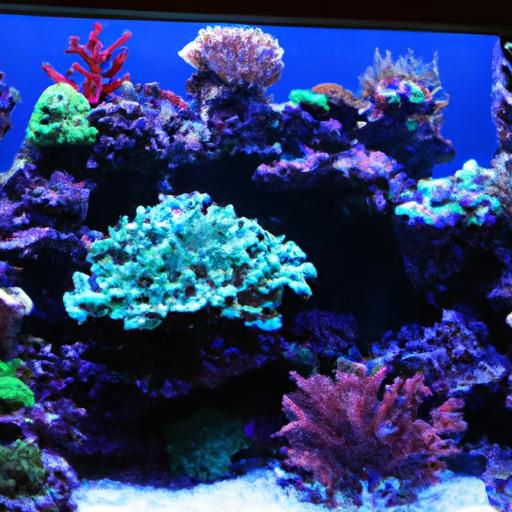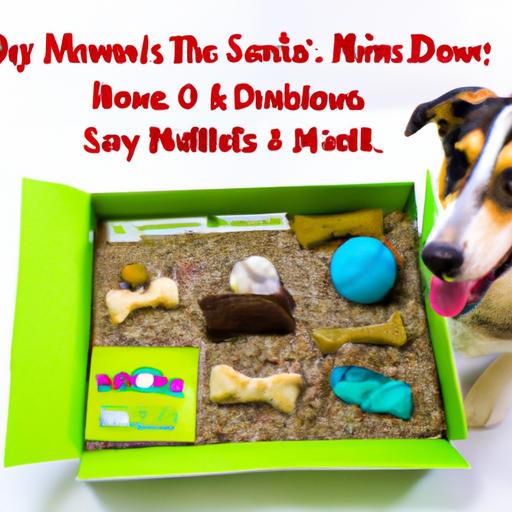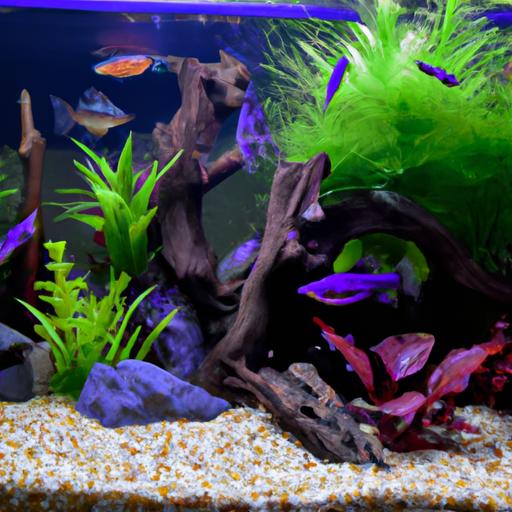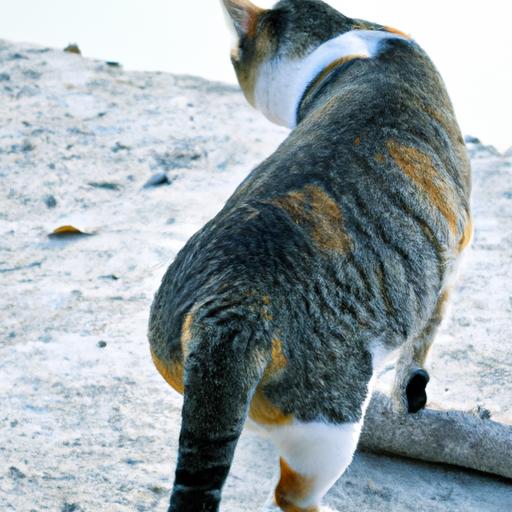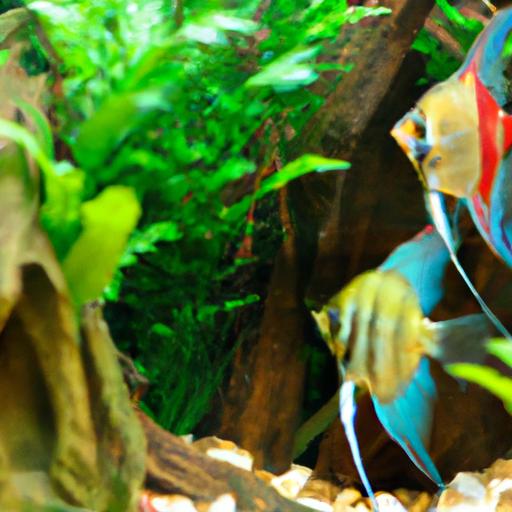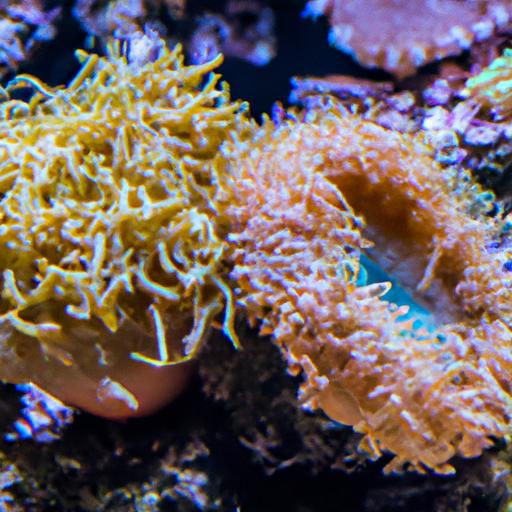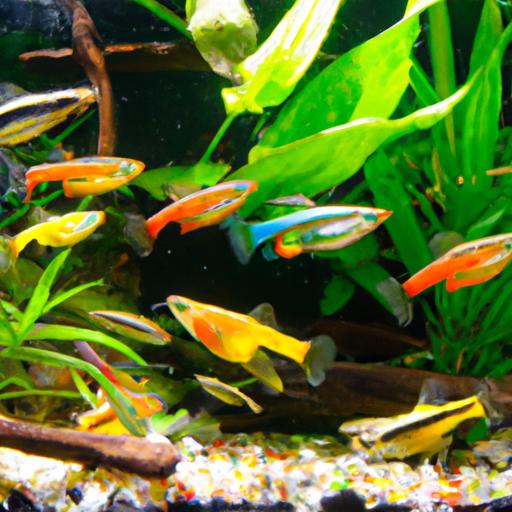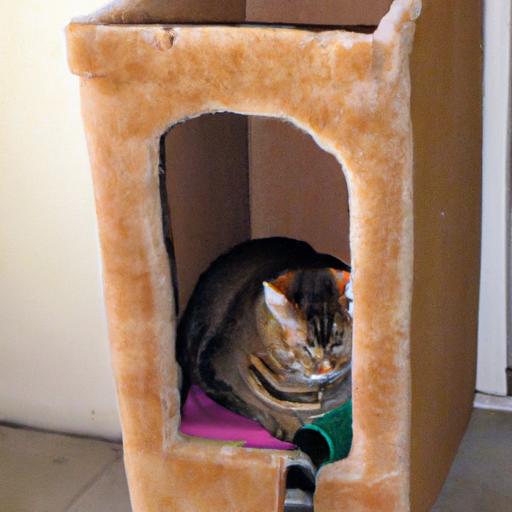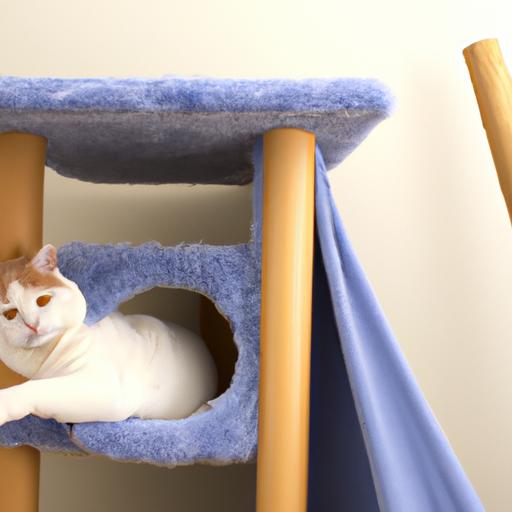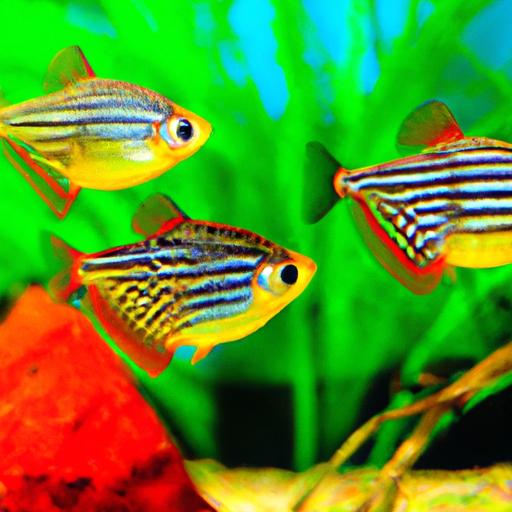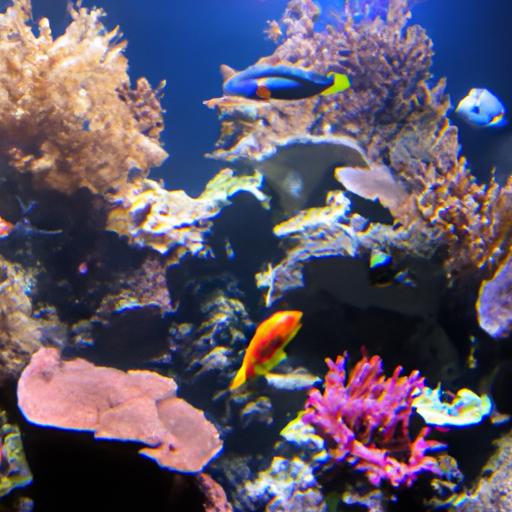
Choosing the Right Substrate for Your Coral Reef Tank
Looking to create a thriving coral reef tank? Learn the importance of choosing the right substrate for your tank in this comprehensive guide.
Introduction
When it comes to creating a thriving coral reef tank, one crucial aspect that often gets overlooked is selecting the right substrate. The substrate not only plays a vital role in enhancing the aesthetic appeal of your tank but also provides a foundation for the health and well-being of your coral and other marine life. In this article, we will explore the factors you need to consider when choosing the perfect substrate for your coral reef tank, ensuring the optimal conditions for your underwater ecosystem.

Factors to Consider When Choosing Substrate for Your Coral Reef Tank
Selecting the ideal substrate for your coral reef tank involves more than just personal preference. It requires careful consideration of various factors that directly impact the health and growth of your coral and other marine organisms. Let’s delve into the key factors you should keep in mind:
Compatibility with Coral and Other Marine Life
Different types of coral and marine life have varying substrate preferences. Some corals thrive on sandy bottoms, while others prefer rockier substrates. It is essential to research the specific requirements of the species you intend to keep in your tank. Investing time in understanding the compatibility between your chosen substrate and the organisms you plan to house will help create a conducive environment for their growth and development.
Grain Size and Composition
The grain size and composition of the substrate play a significant role in water circulation and filtration within your tank. Finer substrates, such as sand, allow water to flow more freely, preventing the buildup of debris and detritus. On the other hand, larger grain sizes, like crushed coral or aragonite, might provide more pore spaces, allowing beneficial bacteria to colonize and aid in biological filtration. Consider the specific needs of your coral reef tank and the organisms it will house when deciding on the grain size and composition of the substrate.
Nutrient Content and Availability
The nutrient content of your substrate can greatly impact the overall health of your coral reef tank. Some substrates, like live sand or crushed coral, contain beneficial minerals and trace elements that can support the growth of corals and other organisms. Additionally, certain substrates can act as a nutrient source, contributing to the overall balance of your tank’s ecosystem. It is essential to strike a balance between nutrient availability and potential nutrient overload to maintain a healthy and thriving coral reef tank.
Ease of Maintenance and Cleaning
Maintaining a clean and debris-free substrate is crucial for the well-being of your coral reef tank. Consider the ease of maintenance and cleaning when selecting your substrate. Sandy substrates are generally easier to clean as detritus tends to settle on top, making siphoning a breeze. Rockier substrates may require more effort to keep debris-free, but they can provide natural hiding spots for beneficial organisms. Strike a balance between convenience and the specific needs of your tank to ensure a successful and low-maintenance setup.
FAQ: Common Questions about Substrate for Coral Reef Tanks
What types of substrates are suitable for coral reef tanks?
A variety of substrates can be suitable for coral reef tanks, including live sand, crushed coral, aragonite, and even specialized substrates designed specifically for reef aquariums. The choice ultimately depends on the specific needs of your tank and the organisms you plan to keep.
Can I mix different types of substrates in my tank?
Yes, it is possible to mix different types of substrates in your tank. This can create a more diverse and visually appealing environment. However, ensure that the substrates you choose are compatible and won’t create any adverse effects on water chemistry or the health of your marine life.
How deep should the substrate layer be?
The ideal depth for the substrate layer in a coral reef tank is typically around 1 to 2 inches. A shallower layer may be sufficient for sand-based substrates, while rockier substrates might benefit from a slightly deeper layer. However, it is important to consider the specific needs of your tank and the organisms you plan to keep when determining the appropriate depth.
Do I need to replace the substrate periodically?
In most cases, there is no need to replace the substrate unless it becomes excessively worn or damaged. However, regular maintenance such as siphoning and cleaning is necessary to prevent the accumulation of debris and detritus. Over time, the substrate may become compacted, reducing its effectiveness. In such cases, gently stirring or agitating the substrate during maintenance can help alleviate compaction and ensure optimal performance.
Conclusion
Choosing the right substrate for your coral reef tank is a critical decision that directly impacts the overall health and vitality of your underwater ecosystem. By considering factors such as compatibility, grain size, nutrient content, and ease of maintenance, you can create an environment that promotes the growth and well-being of your coral and other marine life. Remember to conduct thorough research and tailor your substrate choice to the specific needs of your tank. With the right substrate in place, you’ll be well on your way to creating a stunning and thriving coral reef tank.
Note: For more information on designing a visually appealing aquarium, check out this guide. If you’re new to setting up a coral reef tank, our beginner’s guide will provide you with helpful insights.
